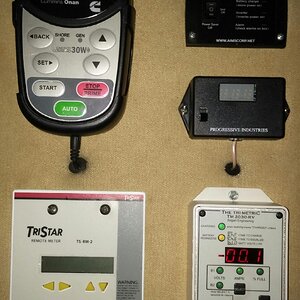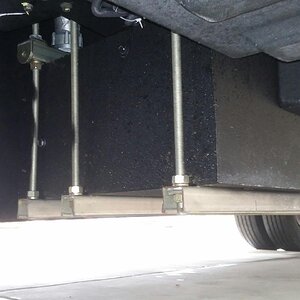Some general steps to trouble shooting seitch
To provide a general wiring diagram for a start-stop switch on a generator, I’ll describe a common setup for a basic 3-wire start-stop control circuit, which is widely applicable to many generator systems with electric start functionality. This is a conceptual guide—specific generators may vary based on make, model, and control system, so always consult your generator’s manual for exact details. Since you haven’t specified a particular generator, I’ll keep this generic and practical.
### Components:
1. **Start Switch**: Momentary push-button (normally open, NO) to initiate the generator start.
2. **Stop Switch**: Momentary push-button (normally closed, NC) to halt the generator.
3. **Generator Control Module**: The brain of the system, often with terminals for start, stop, and ground.
4. **Battery**: Typically 12V DC, powers the starter motor and control circuit.
5. **Wires**: Three main wires (start, stop, and ground) connect the switches to the generator.
### Basic 3-Wire Start-Stop Wiring Diagram:
- **Ground Wire**: Connects the common ground between the battery negative terminal, the generator control module, and one terminal of both the start and stop switches.
- **Start Wire**: Runs from the normally open (NO) terminal of the start switch to the "Start" or "Crank" terminal on the generator control module. When the start button is pressed, it completes the circuit, signaling the module to engage the starter motor.
- **Stop Wire**: Runs from the normally closed (NC) terminal of the stop switch to the "Stop" terminal on the generator control module. When the stop button is pressed, it breaks the circuit, signaling the module to shut down the generator.
### Step-by-Step Wiring:
1. **Battery Connection**:
- Connect the battery positive (+) to the generator’s power input terminal (usually labeled B+ or similar).
- Connect the battery negative (-) to the generator’s ground terminal (often labeled GND).
2. **Ground Circuit**:
- Run a wire from the battery negative (-) to a common ground point.
- Connect one terminal of the start switch and one terminal of the stop switch to this ground point.
3. **Start Switch**:
- Connect the other terminal of the start switch (NO) to the "Start" terminal on the generator control module.
- When pressed, this closes the circuit and activates the starter.
4. **Stop Switch**:
- Connect the other terminal of the stop switch (NC) to the "Stop" terminal on the generator control module.
- This circuit is normally closed; pressing the stop button opens it, stopping the generator.
5. **Verify Connections**:
- Ensure all connections are secure and insulated to prevent shorts.
- Double-check polarity and terminal labels against your generator’s manual.
### How It Works:
- **Starting**: Pressing the start button completes the circuit to the "Start" terminal, engaging the starter motor until the engine runs (some systems auto-disengage via a crank termination signal).
- **Stopping**: Pressing the stop button breaks the circuit to the "Stop" terminal, signaling the control module to cut fuel or ignition, halting the engine.
### Notes:
- Many generators use a 3-wire remote start/stop switch with a ground-controlled system, but some may use positive voltage signals—check your generator’s requirements.
- If your generator has an indicator light (e.g., "running" status), an additional wire may connect from the control module’s signal output to the switch’s illumination terminal.
- For auto-start systems (e.g., with an ATS), the start/stop signals might tie into a relay or controller instead of manual switches.
If you have a specific generator model in mind, let me know, and I can refine this further! Always follow safety guidelines and your equipment’s documentation when wiring.












